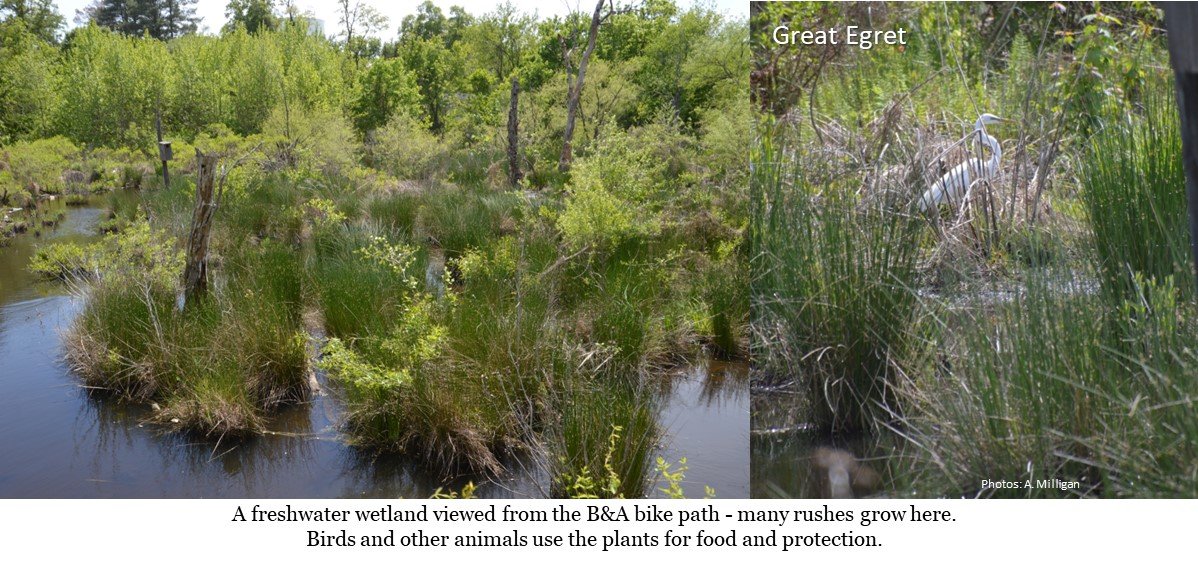WSA is extremely grateful for the service of its departing Board Members, Kevin Green, Steve Russo, and Ron Snyder
Kevin Green joined WSA during our very first certification course in 2009 and has truly been a part of growing the organization since then. Kevin’s incredible leadership as a Steward has made his community projects in Hillsmere a favorite stop on WSA’s restoration tours. On the Board, Kevin has not only represented the perspective of the communities we serve, but has also been committed fundraising partner, connected many donors to support WSA’s mission.
Steve Russo has served as WSA’s treasurer for nearly 8 years, during which time, our organization’s budget and financial sophistication has grown tremendously. He has guided us through our first formal financial reviews and helped the organization prepare for upcoming audits. We are grateful for Steve’s steady and consistent guidance over the last several years.
I first met Ron Snyder at the Stormwater Workgroup convened by Anne Arundel County in an effort to better support communities with environmental site design practices required after Maryland’s Stormwater Management Act of 2007. As a developer, Ron’s commitment to helping HOAs successfully understand and maintain stormwater practices led him to partner with WSA and Steward Steve Miller to create our Stormwater Success course(link). Thank you Ron for lending your unique perspective to help WSA support communities with stormwater facilities! Registration for our next Stormwater Success course is current open. Click here for more information and to register.
With gratitude,
Suzanne Etgen















